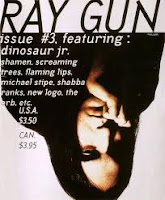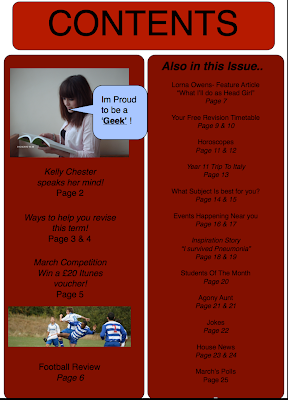Niche Magazines
A magazine will either have a 'niche' market or a 'mass' market. A magazine with a mass market will be 'broadcast' as it is aimed at a wide audience with a wide range of types of people willing to read it. A magazine with a niche market will be 'narrowcast' as it is aimed at a smaller,more specific audience that have a particular interest in the genre.
Pros
Niche magazines usually have a loyal audience that purchase the magazine consistently. This is because the contents of the magazine is aimed specifically at the target audiences interests rather than covering a wider range of interests and not having as loyal readers.There are also less conventions niche magazines need to follow, this means that they have can create trends that wouldn't necessarily be expected.As more people become interested in the genre of the magazine, more people will purchase it. This means that if the magazine place a new band on the cover, they will automatically be backed by the lloyal fans that purchase every issue, allowing more people to hear about it and enabling the fan base to grow massively. In other words its alot easier for record companies as they're directly reaching the bands target audience and gaining fans quickly rather than having to work alot harder for the band to grow.
Cons Its not uncommon for nich magazines to be discontinued. Due to the fact that there is far less people interested in the genre, less money is generated compared to that of broadcast magazines who have a large amount of readers. In addition companies will be less willing to pay for their products to be advertised within the magazine, they're more likely to want to advertise in a bigger magazine that has larger amount of people who read it. This is another issue that relates to the money problems linked to niche magazines.
An example of a nich magazine is 'Country Walking'












